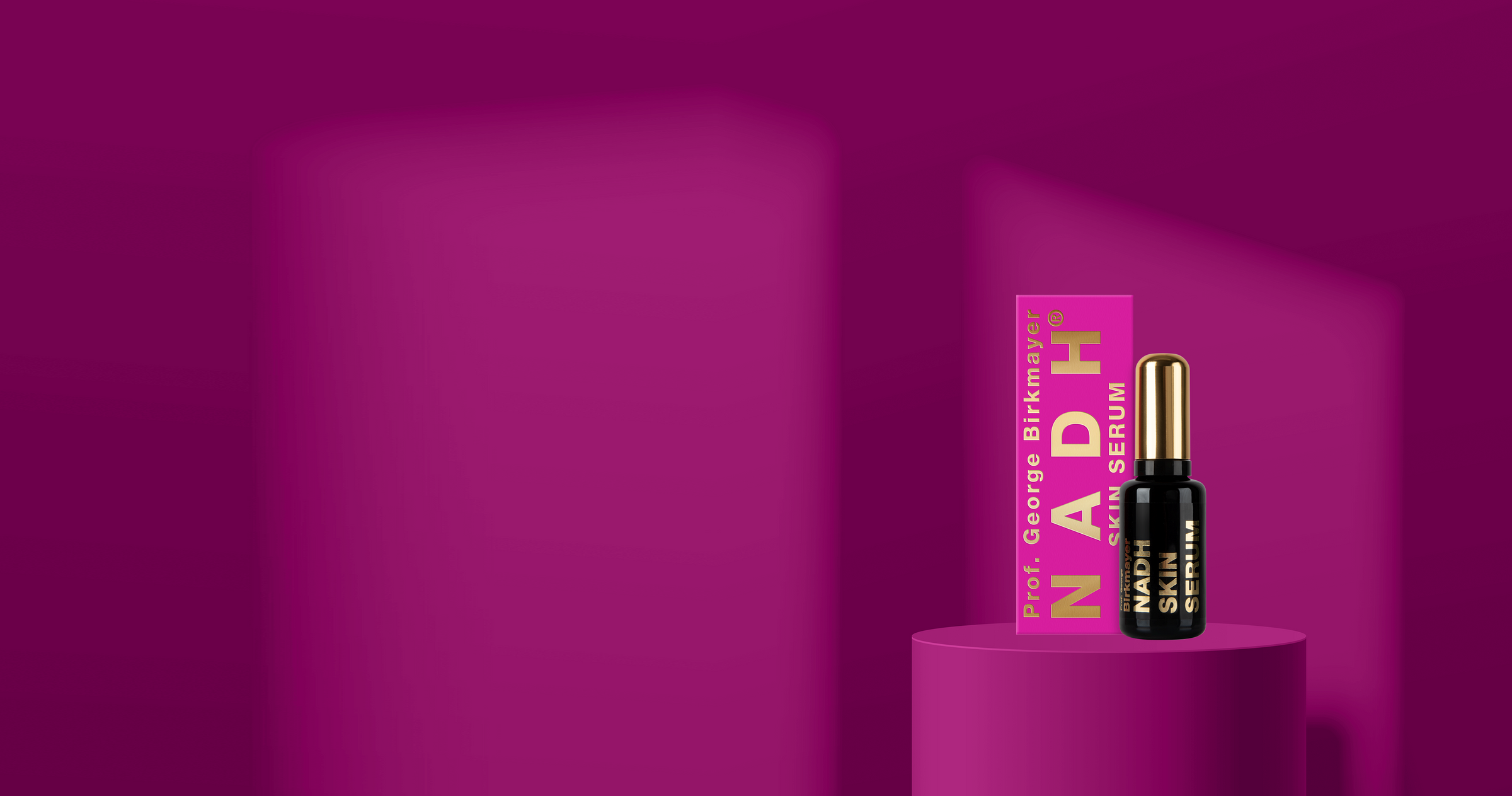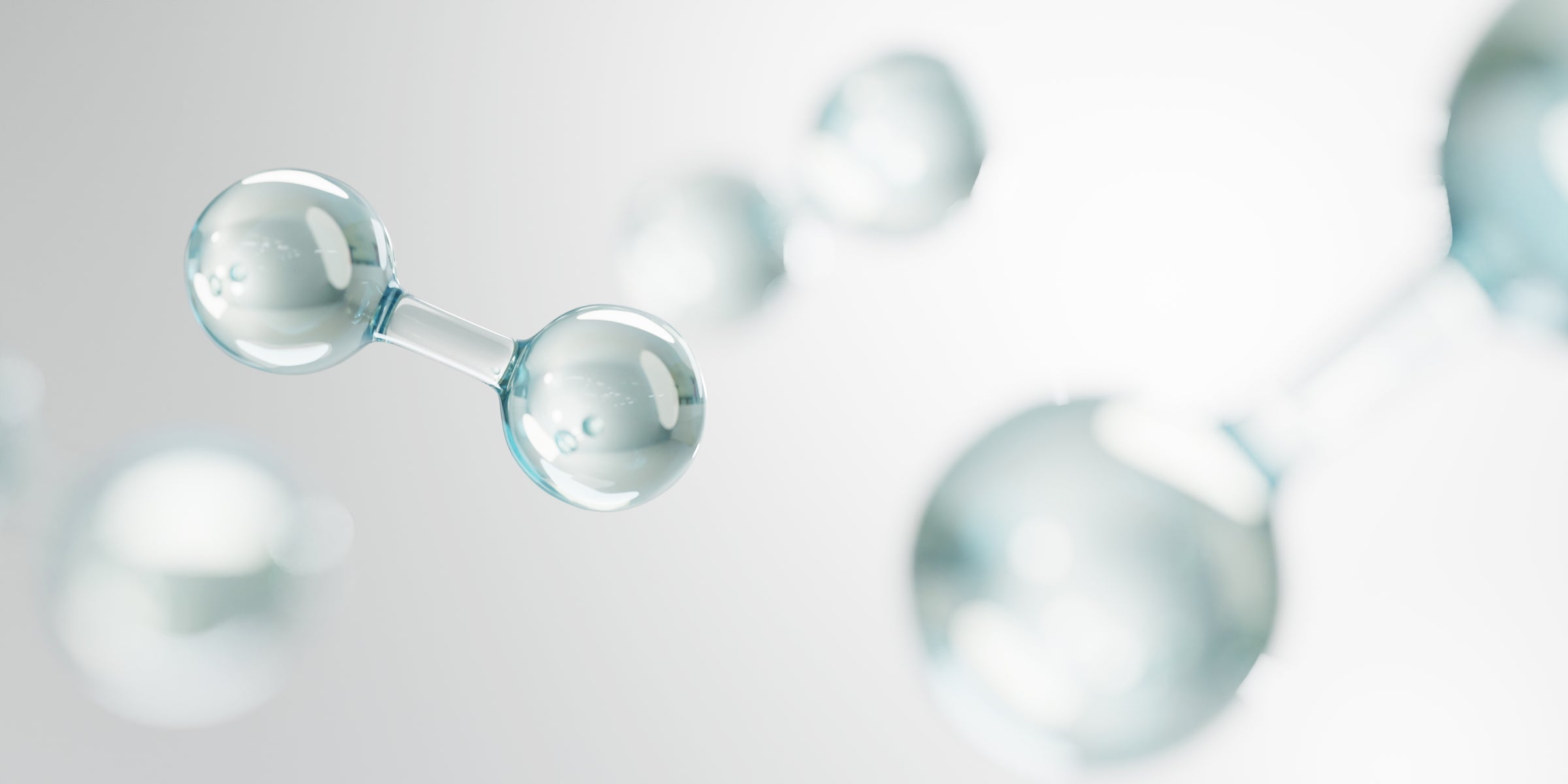NADH (nicotinamide adenine dinucleotide hydride) - also known as coenzyme-1 - is a natural substance produced by the body.
The discovery of NADH can be traced back to the biochemist Sir Arthur Harden in 1906. Harden and his colleague William Young conducted experiments on yeast to find out how sugar is converted into alcohol. They discovered that the enzyme zymase produces NADH when it breaks down sugar.

The cell is the basic building block of every living being on planet Earth. Every day, it performs tasks of immense complexity and importance.
In order to fulfill these tasks, it needs sufficient energy. NADH is THE crucial component in the production of this energy.
For this reason, the positive effects of NADH also reach into each of our more than 37 trillion cells.
How is energy produced from NADH?
NADH is produced by the body itself from carbohydrates, proteins and fats in an extremely complex process of chemical reactions - the citrate cycle - in the mitochondria.
The resulting NADH then reacts with oxygen - present in every cell - to form water & energy in the form of ATP (adenosine triphosphate), the main source of energy for cells (simplified diagram below).

NADH is present in our food, especially in raw meat or fish. However, it is largely lost during food preparation (e.g. cooking, frying or baking). Therefore, a stable, absorbable and highly bioavailable form of NADH is crucial.
This is exactly what the original Prof. George Birkmayer NADH formulation ensures.

Prof. George Birkmayer NADH is obtained from baker's yeast, which is reduced to NADH by chemical-biological processes. It is a 99.9% pure substance and, as a processed active ingredient, no longer contains any traces of yeast.

The therapeutic effect of NADH on the human organism was discovered by Prof. George Birkmayer and confirmed in numerous studies.
You can read the results of his research in this book.




